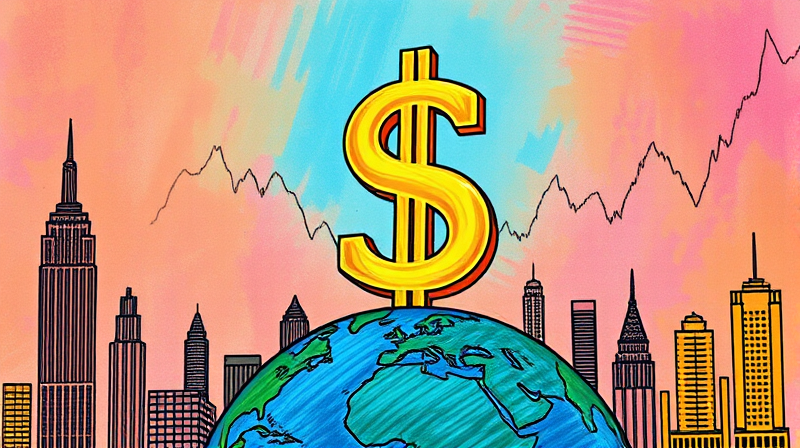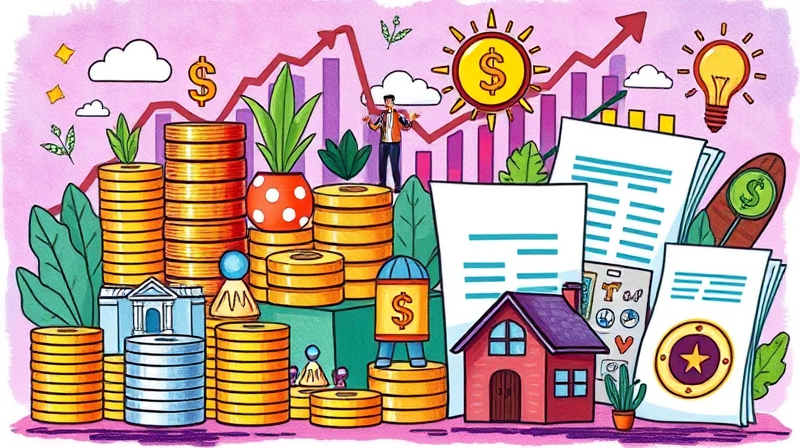
As the US dollar soars to heights unseen in decades, global businesses grapple with its far-reaching consequences. Corporations that once celebrated booming overseas sales now face the sting of currency translation losses. This article delves into the forces driving the dollar’s climb, examines its impact on multinational revenue projections, and offers practical strategies to weather the storm.
The currency’s rally is not merely a statistical blip; it represents a shift in economic dynamics that affects boardrooms, investors, and consumers worldwide. Understanding these shifts is key to safeguarding profit margins and sustaining growth.
Throughout 2024, the US dollar strengthened by roughly 6%, its biggest annual gain in nearly ten years. Factors behind this surge include robust domestic growth, divergent monetary policies, and geopolitical considerations.
Consequently, the dollar sits at record-high strength against major currencies, roughly two standard deviations above its fifty-year average, signaling limited upside but no clear sign of an imminent reversal.
A strong dollar directly reduces the value of revenues earned overseas when they are converted back into US dollars. For many global firms, this can erode profit forecasts and dampen investor sentiment.
Goldman Sachs estimates that a 10% appreciation reduces earnings by 2–3% for S&P 500 companies. Tech giants are particularly exposed, with overseas sales constituting a significant share of their top-line revenue.
While every sector feels the pinch, the degree varies based on geographic mix and pricing power.
The currency upheaval creates clear winners and losers, reshaping competitive landscapes and strategic priorities.
Beyond corporate balance sheets, a potent dollar ripples through global trade, capital flows, and emerging market stability.
Export volumes decline as American goods become more expensive abroad, widening the trade deficit, which stood at persistent trade deficit of 4.2% GDP in late 2024. Meanwhile, countries with large US-dollar liabilities face higher debt servicing costs, raising the specter of financial strain or default in vulnerable markets.
As the world’s reserve currency, the dollar’s influence extends to commodity prices and cross-border investments, often exacerbating volatility when sentiment shifts.
Companies and investors need proactive measures to soften the currency headwinds and preserve value.
Some businesses also shift production closer to end markets to reduce translation risks and logistical costs.
Despite its current dominance, the dollar may eventually retrace as economic cycles turn. Catalysts for decline include a slowdown in US growth, Federal Reserve rate cuts, or renewed strength in other major economies.
Historical preferences suggest currencies revert toward long-term averages, and the existing premium leaves room for depreciation. Companies and investors should model scenarios with a weaker dollar to prepare for shifts in competitive dynamics.
Identifying triggers early can offer opportunities to recalibrate hedges and reallocate capital ahead of the curve, leveraging any upturn in foreign currency strength.
The robust US dollar presents both challenges and strategic openings. While multinational revenue forecasts may be under pressure, a clear understanding of exposures, paired with disciplined hedging and operational adjustments, can turn headwinds into competitive advantages.
By staying vigilant, stress-testing financial models, and seizing pricing and sourcing opportunities, businesses and investors can not only survive but thrive amidst shifting currency tides.
References













